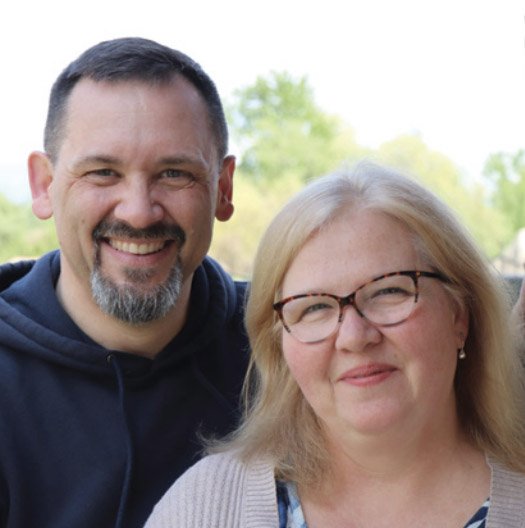Dianne and Shane McNary
CBF Field Personnel in Poprad, Slovakia
In a Slovak Baptist context, anything which hints of Catholicism seems dubious. The fear of the straw man of liturgy, sadly, robs the church of countless historical riches. We are faithful in attending a local church as much as our travels allow. Too often though, much of the rhetoric of worship includes refrains of how “we are not like them.”
Several years ago, during what St. John of the Cross refers to as a “darkness of the soul,” I found that I desperately longed for a structure—handles by which I could know that I was not being tossed about or abandoned. Was this darkness depression? Perhaps. Was it incapacitating? Definitely. Although I could never let that worry show— reports have deadlines, sermons must be written, meetings must be attended. Worship should have been a balm for my weary soul. It was then, when I was already weak, that the rhetoric against “them” battered me. I found myself repeating the model prayer, the Lord’s Prayer, again and again during worship both as an act of liturgical defiance and spiritual desperation.
Because I have the privilege of also leading various congregations—both majority Slovak and Roma—I began my own campaign to include the Lord’s Prayer in corporate worship. As I shared my experience through my sermons, I confessed that in dark times sometimes the soul finds solace in structure or order, in liturgy. Like Jeremiah writing his lament or many of the psalmists who depended on the structure afforded them by the Hebrew alphabet, the structure of the Lord’s Prayer became for me a way to not fall apart, to not fall away. Embracing and sharing my journey with those I serve here has been freeing. Most of all, it is the healing balm of humility and hope found in the prayer that begins, “Our Father, who art in heaven, hallowed be Thy name.”
Pray. . .Give. . .Go.
